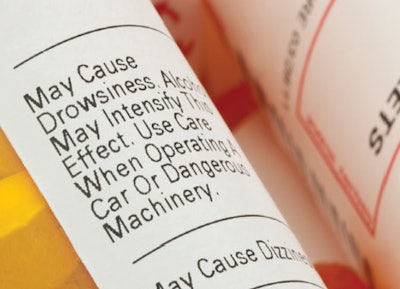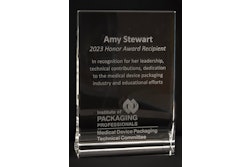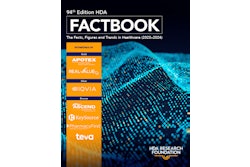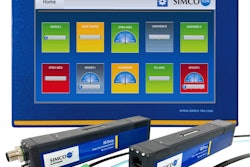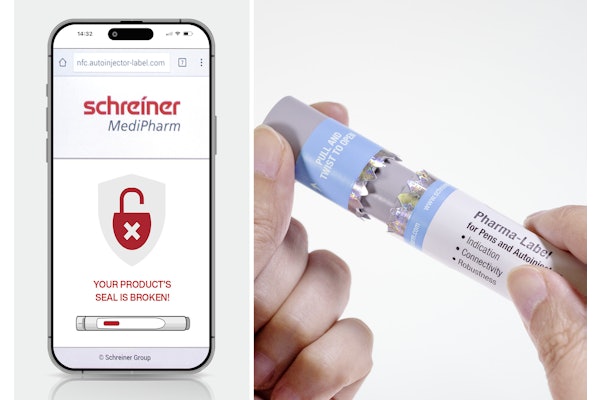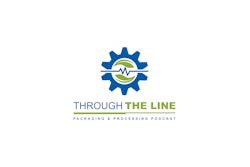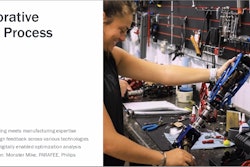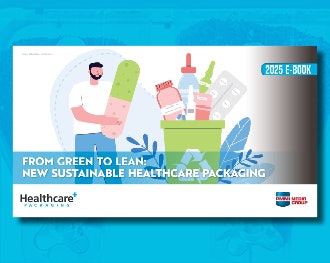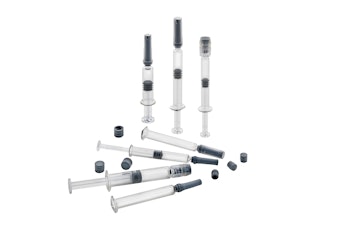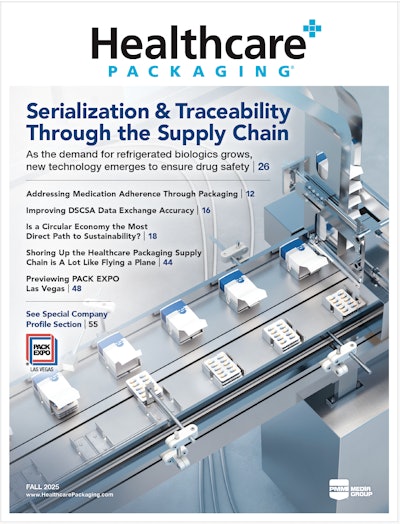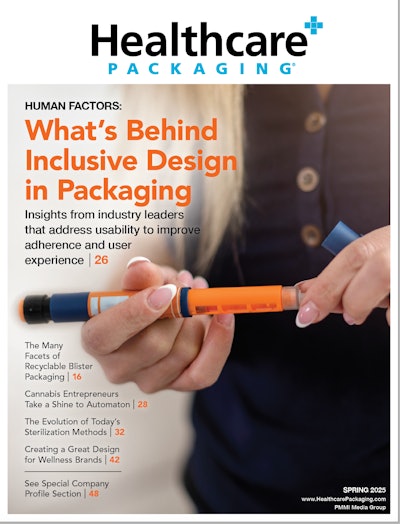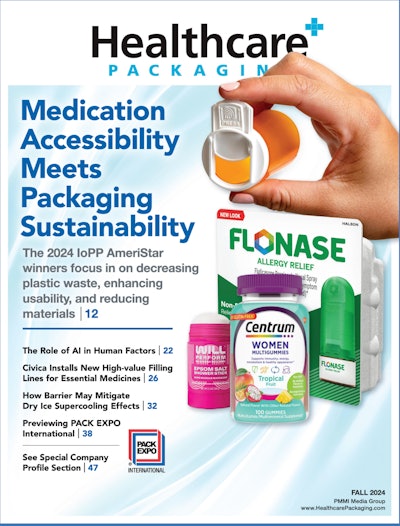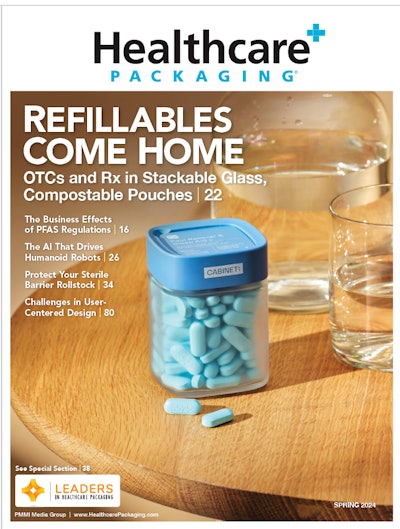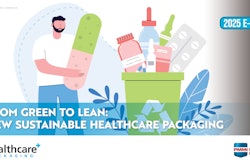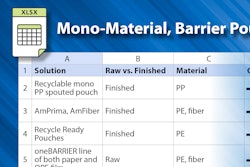Most pharmaceutical industry sales for packaging machinery vendors involve non-prescription packaged medication, but there’s automation opportunity right behind the counter.
That’s according to PMMI Business Intelligence’s 2023 “State of the Industry” report. PMMI Business Intelligence researchers say U.S. companies are placing a greater emphasis on automating prescription filling.
Retail giants like Walgreens and CVS have both invested in automated solutions for prescription filling. Notably, Walgreens acquired iA, an automated dispensing solutions provider, in 2021.
Automating this process could represent a new customer base for packaging machinery providers. Two major pharma trends, the growth of adherence packaging in the U.S. and the increased presence of blended central fill facilities, bode well for these OEMs.
Growth of Adherence Packaging Coincides with New Prescription Filling Trends
The prescription pharmaceutical sector in the U.S. is undergoing a shift in how medicines are dispensed to customers.
In the U.S., prescription drugs have historically been dispensed as what is termed “countables.” This practice may be what U.S. citizens are used to seeing, but it is somewhat unique to the country. Countables refers to the individual counting of pills into the typically orange or red labeled plastic pill bottles.
A new form-factor has emerged in the U.S. for dispensing drugs however, which could be a new opportunity for packaging machine builders.
PillPack, a company that was bought by Amazon in 2018 for $750 million, focuses on providing prescription drugs in individually wrapped adherence pouches.
Adherence packaging utilizes packaging designed to educate the patient on the correct time and dosages to take over the course of a prescription. The goal is to increase patient adherence to the prescription.
This solution is more popular in other areas of the world, particularly Europe. However, the solution is gaining traction in the U.S.
Presence of Blended Central Fill Facilities Increases
The ability for third parties to fill prescriptions within the U.S. has been allowed by law for some time. Companies like Cardinal Health have operated central pharmacies in the past; however, the nature of this user type is changing.
Central pharmacies can be thought of as distributors of pharmaceuticals. They sit in between the retail pharmacy and wholesaler and serve multiple pharmacies, sometimes of multiple entities.
Central pharmacies have been used by independent and chain pharmacies alike to control inventory costs of slow-moving drugs and to achieve cost reduction through scale. Central pharmacies are often discussed in the context of the hub-and-spoke model of distribution, where the central pharmacy represents the hub, and individual pharmacies are the spokes.
Increasingly, central pharmacies are being used to serve mail-order prescriptions and the growing e-commerce landscape. This has led to what has been referred to as a blended central pharmacy, a central fill facility which fills prescriptions for retail stores as well as the prescriptions of the end customer through e-commerce or mail-order.
Business Intelligence researchers expect that the combination of this trend, and the growth of adherence packaging, will lead to significant opportunity for packaging machine builders both for the individual prescription packaging, as well as end of line operation like case packing and palletizing.
Source: PMMI Business Intelligence: 2023 State of the Industry Report
Download the FREE executive summary below.
